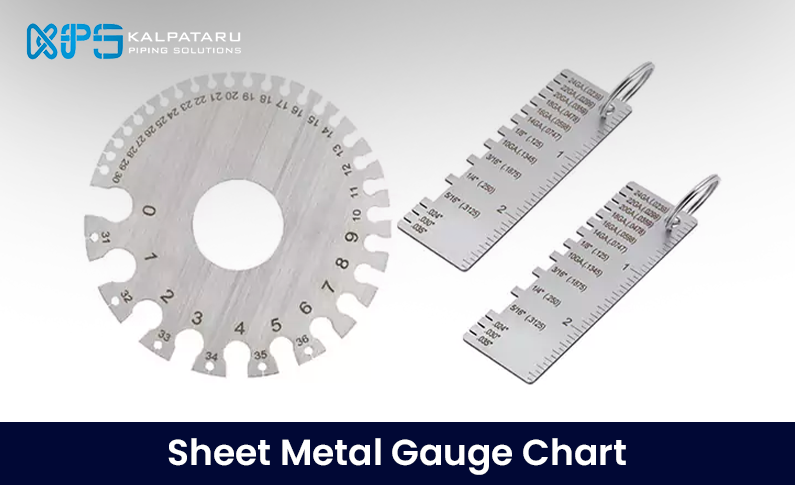The industrial revolution was fueled by metals and advancements in manufacturing techniques. As a result, human civilization grew exponentially, leading us to where we are now. Different sorts of metals may now be found all around us. From the computer you’re reading this on to the clamps in your plumbing, everything is connected. Today, there are over eighty distinct types of metals in use.
Metal Types and Their Classification
In nature, a great number of metals are accessible. Depending on the trait or attribute you use as a yardstick, they may be categorized in a variety of ways.
Classification by Iron Content
Iron content is the most frequent means of categorizing them.
Ferrous metal is defined as one that contains iron. The iron gives the substance magnetic characteristics while also making it corrosive. Non-ferrous metals are those that do not contain any iron. There are no magnetic characteristics in these metals. Aluminium, lead, brass, and copper are just a few examples.
Atomic Structure Classification
They may also be categorized using the periodic table to determine their atomic structure. Metal can be classified as alkaline, alkaline earth, or a transition metal after it has been processed. When interacting with other elements, metals from the same group respond similarly. As a result, their chemical characteristics are identical.
Metals that are Magnetic and Non-Magnetic
Another approach to distinguish metals is to observe how they react to magnets. On this basis, metals can be classified as magnetic or non-magnetic.
While ferromagnetic metals have a high attraction to magnets, paramagnetic metals have just a mild attraction. Finally, there is a class of metals known as diamagnetic metals, which have a mild magnetic repulsion.
The Properties of Iron and its Alloys
Metals have mechanical characteristics that are comparable across the board. However, when comparing characteristics, one metal will have a tiny advantage over the other. When making alloys, pure components can be mixed to change the characteristics.
When choosing a metal for a certain application, there are a number of things to consider in order to discover the best selection. Melting point, cost, simplicity of machining, sufficient safety factor, accessible space, temperature coefficient, thermal and electrical conductivity, density, and other variables are among them. Let’s take a look at some of the most common metals and why they’re used in certain applications.
Iron
It is not an exaggeration when it is said to be the lifeblood of our civilization. Iron accounts for around 5% of the Earth’s crust. As a result, it is a very easy metal to locate. However, pure iron is a volatile substance. It becomes iron oxide when it comes into contact with oxygen in the air.
A blast furnace is used to extract iron from its ores. Pig iron is produced in the initial stage of the blast furnace and can be refined further to produce pure iron. This iron is frequently used to make steel and other alloys. Ferrous metals account for about 90% of all produced metals.
Steel, for example, is a ferrous metal that has a wide range of uses. We can’t fully appreciate iron’s whole potential without first understanding steel.
Steel
Although pure iron is stronger than other metals, it has a lot of flaws. For starters, pure iron is prone to rust. It takes a lot of money and effort to keep iron from corroding. Second, because to its great density, it is exceedingly heavy. These drawbacks might make buildings more difficult to construct and maintain.
The addition of carbon to iron helps to mitigate these flaws to some extent. Carbon steel is a combination of iron and carbon that is kept within certain limitations. When carbon is added to iron, it strengthens it and gives it other beneficial properties.
Other elements, in tiny amounts, may be added to integrate their characteristics. Let’s have a look at how steel is classified and what it can do.
What are the many types of steel and what do they do?
Because of its outstanding qualities, steel is a popular building material. Today, there are over 3500 steel grades available. It has a high strength-to-weight ratio and a high tensile strength. This translates to higher steel strength per unit mass. This enables the use of small-scale steel parts and components that are nevertheless robust.
Steel is also a very long-lasting material. This indicates that a steel construction will survive longer and will be more resistant to external influences than other materials. It’s also ductile, which means it can be molded into the desired shape without losing its characteristics. Steel is divided into three types based on its iron content.
Lead
Lead is a corrosion-resistant, highly machinable metal. Some examples of applications include piping and painting. In gasoline, lead was employed as an anti-knocking additive. It was later revealed that the byproduct of this lead was causing significant health problems. Ammunition, vehicle batteries, radiation protection, lifting weights, cable sheathing, and other products include lead.
More often than not, our customers have a pretty clear idea of what type of metal they need. But, that’s not always the case. We don’t expect our customers to be complete experts. If you’re unsure about variables related to temper or which thickness range is appropriate, we at Kalpaturu Europe can help. Similarly, we’re able to help customers with all kinds of metal variations like Copper nickel 90/10 Pipes & Tubes, Monel 400 tubes, Hastelloy c276 pipes and many more.




